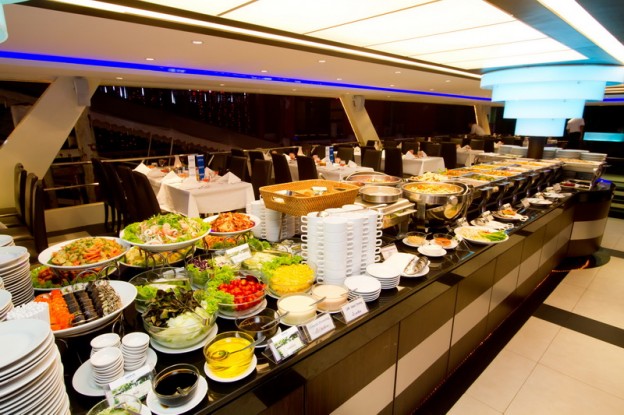This is the age of gratification, particularly more so when it comes to food. Eating habits and preferences are as varied as the guests themselves on a cruise ship. Being up to date with changing trends is part of a cruise ship chef’s job and knowing the subtleties of each style will impress not just guests but one’s superiors too.
Broadly, the world has classified eating habits into vegetarian and non-vegetarian, but these are far too loose for today. Vegetarians themselves are classified into lacto-ovo vegetarians, lacto-vegetarians and vegans. The first consume milk products such as milk, cheese, and yogurt as well as eggs, but no meat, poultry or seafood. The second will have milk products but no eggs, meat, poultry or seafood.
Vegans on the other hand subsist only on a plant-based lifestyle and will avoid any food with ingredients that come from animals. This includes milk products, eggs, honey and gelatin.Some are fruitarians and subsist mainly on raw fruit, nuts and seeds.
Cruise ship chefs must be aware that non-vegetarians are also sub-divided. Flexitarians eat mostly vegetables, but are not averse to trying out meat dishes on occasion. Pescatarians will eat vegetables as well as seafood and fish, often as the latter is considered a healthier meat option. Raw foodism follows a principle where only uncooked and unprocessed food is consumed. It mostly involves vegetables but can include meat dishes such as ceviche and sushi which is made of raw fish, beef carpaccio, steak tartare or koi soi.
Other prominent eating styles cruise ship chefs may come across on board include paleolithic diets, lactose-free and gluten-free eating habits. People usually follow the latter two as their bodies are unable to digest the sugar (lactose) and the protein (gluten) that exists in dairy and wheat products respectively. The former is more of a health diet in which people try to follow the food habits of cavemen in the belief that human digestive capabilities were not suited to processed foods. It involves eating seafood and lean meat, fruit, vegetables, nuts and seeds, and almost no dairy, grain, added salt or sugar.


